It’s fascinating how sometimes, a single statement or casual mention of something can stir memories and provide a glimpse into a bygone era; a glimpse that gives us surprising connections to our present day. Something similar happened recently when my mother’s sister was visiting. We were all sitting and enjoying tea when I casually mentioned the BYO (Bring Your Own) trend that is picking up in cafes, ice cream parlors and eateries across the world.
For those who haven’t yet heard about BYO, it is an interesting concept where guests and diners are encouraged to “Bring Your Own” cup or mug to drink coffee or tea from and receive a discount in the bargain. A little step but one that goes a long way in achieving more than one purpose. For one, millions of liters of water will get saved when patrons will wash their own mugs or cups with the low pressure faucets provided. In the kitchen, often high pressure taps lead to the amount of water required to wash 10 to 12 cups getting used in washing a single cup. Two, the use of disastrously large numbers of plastic and paper cups used for “on the go” tea and coffee will reduce thus saving trees and avoiding single use plastic. Three, the hygiene involved and reduction of wastage will also ensure safety for the eatery or café owners. Many times, I’ve come across a café where I’ve purchased a cup of coffee only for it to come at my table in a lipstick-stained mug. I send it back and demand a replacement, but I walk away determined to never to visit the outlet again. Also I feel a pang of guilt about the whole cup of coffee and milk going waste owing to it being drained away.
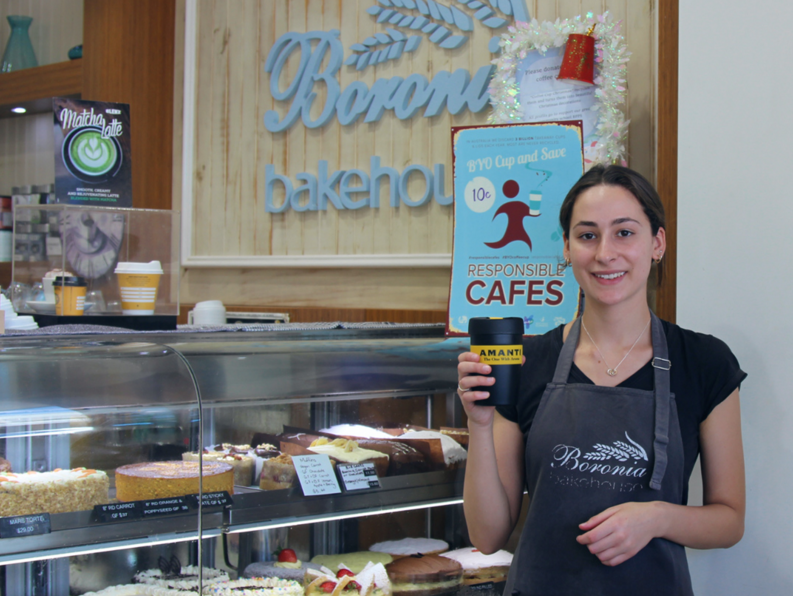
You will wonder what this has to do with 20th Century India. I wouldn’t have made the connection either had it not been for my mother and her sister’s presence. No sooner had I mentioned BYO that my mother and her sister were reminded of their childhood. They went back almost 70 years in time.
They spent their childhood in Baroda where their father was an ayurvedic physician. His sister was married into a family who had, for generations, been guardians of an ancient temple dedicated to Lord Ram. As they reminisced about the many festivals they attended at their aunt’s temple, they made the connection to a simpler form of BYO.
“During the Ram Navami and Dusshera feasts, the temple would throw it’s doors open and anyone and everyone who visited would be given lunch or dinner. The food would be served on banyan leaf plates and bowls (which were later fed to cattle or composted) but everyone who came would be told to carry their own individual pot of water and glass to drink from. That was the only condition”, shared Mom.
My aunt added, “not only did it save the women the mammoth task of repeatedly washing so many glasses throughout the day, it would also save the temple’s daily water reserves. Also, waterborne diseases were common then and this ensured that the temple kitchen could not be blamed if anyone came down with jaundice or dysentery.”
This piece of such recent history not only amazed me, it once again served an invaluable example of our ancestors’ wisdom and foresight.
This memory set off a chain of other memories, which came flooding back, some shedding light on the simplest sustainability measures that were a part of daily life. Speaking more about the feast, my aunt remembered how all the volunteers in the temple kitchen would carefully clean the seeds from pumpkins and bottle gourds and keep them to dry in the sun. She then remembered a window sill in their own house where her mother and aunt kept a bottle of assorted dried seeds. “Anywhere they found an empty patch of soil in the front or back yard, they’d bring out the bottle and plant a seed. They had learned to dry the seeds and store them in dark glass bottles from their grandparents. I don’t know how old this practice must be. ”
Again, it brought me to the present moment, where today, we encourage housewives, chefs and culinary students to save the seeds and use them to grow their own vegetables. A few years ago, Kissan (HUL) launched the successful “Chalo Kissanpur” campaign wherein they saved the seeds from the tons of tomatoes that go into their ketchup. HUL distributed lakhs of tomato seeds in Mumbai and Delhi through sachets stuck to the morning newspaper. People were urged to plant the seeds at home and post photos of the plants on the company’s social media pages.
This initiative was aimed at city-bred kids to engage them in an activity that would connect them to the source of their food.
So many more memories came flooding back, some emotional, others funny and still more that spoke of how wastage was reduced in the kitchen. Bottle gourd peels were turned into chutney and pumpkin peels were carefully washed, cut and marinated in a spiced yoghurt to be sundried. These pieces called sandge, would be stored till the summer or monsoon and fried crisp to be served with rice and dal or khichdi when the vegetable supply in the market dwindled. Sometimes, they would make it to the next temple feast. The water used for washing and cooking rice would be saved and used to starch clothes.
Had it not been for an unexpected visitor who interrupted our chat, I would have been much richer by way of more such examples. However, sadly, the conversation changed and I will have to wait till the next sisters’ reunion to revisit the past. Hopefully I won’t have to wait long.








































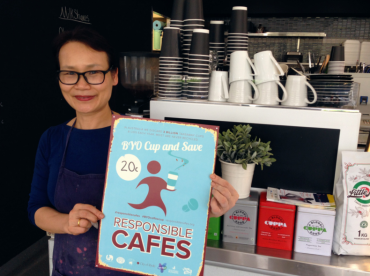












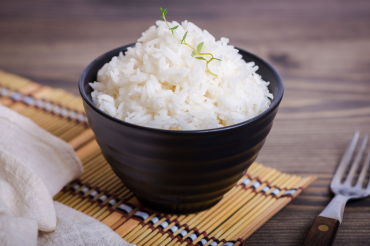
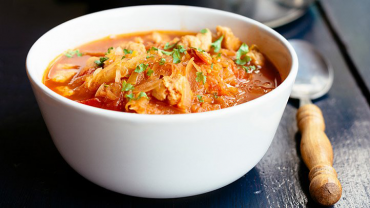
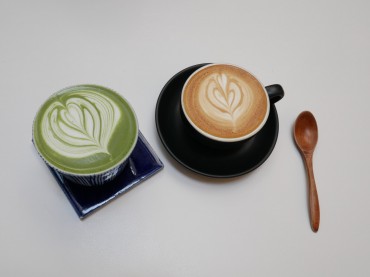

Comments